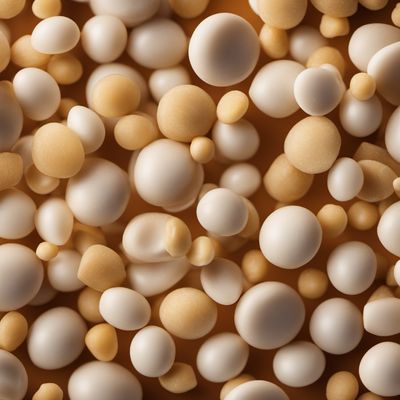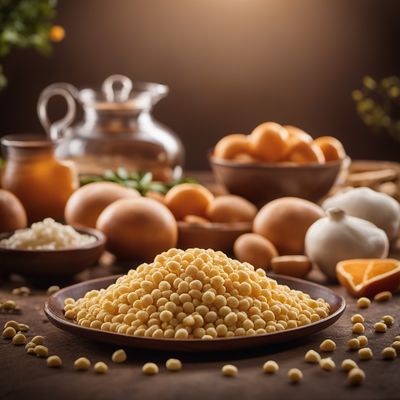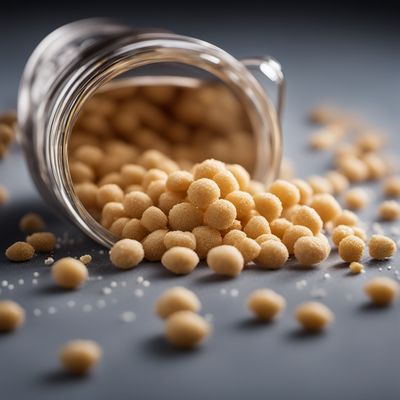
Ingredient
Humectant
The Moisture Magician: Unveiling the Power of Humectants
Humectants are substances that have the unique ability to attract and retain moisture, making them valuable additives in the food industry. In culinary applications, humectants are used to prevent food from drying out, maintain its softness and freshness, and extend its shelf life. These versatile ingredients can be found in a wide range of products, including baked goods, confectionery, sauces, and dressings. Humectants come in various forms, such as liquid syrups, powders, or gels, and are often transparent or colorless. They have a slightly sweet taste and a viscous texture, contributing to the overall mouthfeel of the final product.
Origins and history
The use of humectants in food preparation can be traced back to ancient times when natural substances like honey and sugar were employed to preserve and enhance the texture of food. Over the years, advancements in food science and technology have led to the development of synthetic humectants that offer improved functionality and stability. Today, humectants play a crucial role in the food industry, ensuring that products remain moist, soft, and appealing to consumers for longer periods of time.
Nutritional information
Humectants are not a significant source of nutrients and are primarily used for their functional properties in food products.
Allergens
There are no known allergens associated with humectants.
How to select
When selecting humectants, look for products that are labeled as food-grade and suitable for the specific application you have in mind. Consider the desired level of moisture retention and the compatibility of the humectant with other ingredients in your recipe. It is also important to follow the recommended usage levels provided by the manufacturer to achieve the desired results.
Storage recommendations
To maintain the quality and effectiveness of humectants, store them in a cool, dry place away from direct sunlight and moisture. Ensure that the packaging is tightly sealed after each use to prevent clumping or moisture absorption.
How to produce
Humectants are not typically produced at home, as their production involves specialized equipment and processes. It is recommended to purchase commercially available humectants for culinary use.
Preparation tips
When using humectants in recipes, follow the recommended usage levels provided by the manufacturer or recipe instructions. Keep in mind that excessive use of humectants can lead to overly moist or sticky textures in certain products. Experiment with different types of humectants to find the one that best suits your desired outcome.
Culinary uses
Humectants are widely used in the food industry for various purposes. They are commonly found in baked goods, such as cakes, cookies, and bread, to maintain their softness and prevent staling. Humectants are also used in confectionery products, like candies and chocolates, to prevent them from becoming dry or hard. Additionally, they can be incorporated into sauces, dressings, and processed meats to improve their texture and extend their shelf life.
Availability
Humectants are commonly available in grocery stores, supermarkets, and specialty food stores. They can also be purchased online from various retailers and suppliers.
More ingredients from this category » Browse all

Stabiliser
The Secret Ingredient for Perfect Texture

Flavour enhancer
The Magic of Umami

Propellent gas
The Power Behind the Spray: Unveiling the Secrets of Propellent Gas

Anti-foaming agent
The Silent Hero: Taming the Bubbles in Your Culinary Creations

Bulking agent
The Secret to Fluffy Delights: Bulking Agent

Emulsifier
The Harmony Enhancer

Binding agent
The Glue of Culinary Creations: Unveiling the Power of Binding Agents

Flour treatment agent
The Secret Ingredient for Perfect Baked Goods

Modified starch
The Versatile Transformations of Starch

Preservative
Preserving the Goodness: Unveiling the World of Food Preservatives

Raising agents
The Magic Behind Culinary Rise: Unveiling the Secrets of Raising Agents

Acid
The Tangy Elixir: Unleashing the Power of Acidity in Culinary Delights